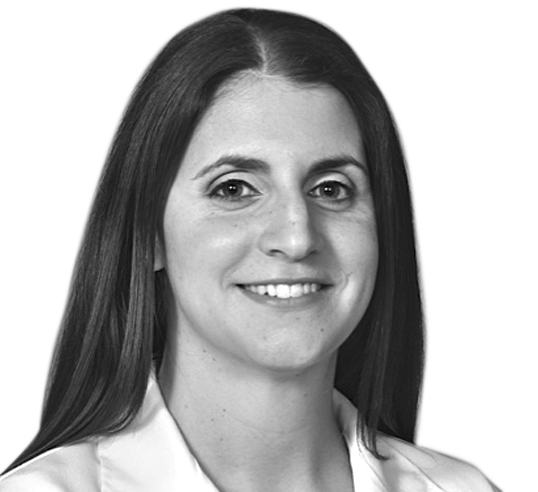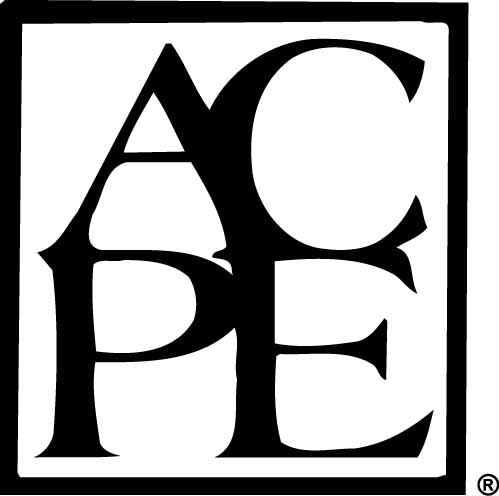Essential Elements of Hazardous Drug Compounding - On-demand version
Please note that this is the on-demand version of the course - the live event was recorded on August 8-9, 2020
Are you currently compounding with any of these active pharmaceutical ingredients: apomorphone, azathioprin, cyclophosphamide, cyclosporine, diethylstilbestrol, estradiol, fluorouracil, medroxyprogesterone, phenytoin, progesterone, spironolactone, or tacrolimus? To view the NIOSH List of Antineoplastic and Other Hazardous Drugs in Healthcare Settings (2016), please click here.
If so, you should be compliant with USP General Chapter <800> Hazardous Drugs – Handling in Healthcare Settings, which was formally published February 1, 2016 in the First Supplement to USP 39-NF 34. USP <800> became official on December 1, 2019, although it is currently informational only and not compendially applicable (for the latest from USP, please click here). While USP <800> may not be compendially applicable, it is important to check with your State Board of Pharmacy for current regulations with respect to Hazardous Drug (HD) handling, as they may already have, or are in the process of adopting USP <800>, either in part or in whole. In light of this, waiting too long to begin the implementation process and ensuring HD compliance could negatively impact your practice. It is critical that pharmacies that compound HDs prepare their equipment, processes, and staff for the requirements of USP <800>. During this training activity, you will learn about personal protective equipment, engineering controls, closed system transfer devices, facility design, workflow considerations, and safe handling practices. Moreover, you will learn how to minimize and prevent hazardous drug contamination and exposure through: powder containment techniques, waste disposal, staff training, and the handling of emergency situations such as chemical spills.
Although the negative health risks associated with occupational exposure are well-defined, the practical application and implementation of the requirements outlined in USP <800> can be challenging. This training activity will provide you with the resources needed for either an easy transition to becoming compliant or maintaining compliance with USP <800>.

Concerned about USP <800> and the implications for you and your practice? Browse our FAQ for an idea of the topics we address in full during our Hazardous Drug Compounding seminar.
Intended audience
- Pharmacists and Pharmacy Technicians
- Pharmacy Managers
- Auditors and Inspectors
- Quality Assurance Officers
- Compliance Specialists
Learning Objectives
FOR PHARMACISTS:
- Describe the hazardous compounding regulatory framework and standards of practice, including OSHA, NIOSH and USP <800>.
- Examine the risks of working with hazardous drugs in the pharmacy and healthcare continuum.
- Construct a pharmacy-specific hazardous drug list by assessing the occupational risks associated with hazardous drugs.
- Evaluate the critical strategies required to protect personnel, patients, and the environment when handling hazardous drugs in a healthcare setting.
- Assess hazard communication and training requirements.
- Contrast containment primary engineering controls (C-PECs) and their application.
- Interpret facility design plans for non-sterile and sterile hazardous drug compounding.
- Manage safe handling practices required for hazardous drug handling and compounding.
- Evaluate deactivation and decontamination procedures.
- Select personal protective equipment based on the NIOSH tiered approach.
- Demonstrate donning and doffing procedures.
- ?Examine the advantages of medical surveillance and environmental monitoring.
FOR TECHNICIANS:
- Describe the hazardous compounding regulatory framework and standards of practice, including OSHA, NIOSH and USP <800>.
- List the risks of working with hazardous drugs in the pharmacy and healthcare continuum.
- Construct a pharmacy-specific hazardous drug list by assessing the occupational risks associated with hazardous drugs.
- Outline strategies required to protect personnel, patients, and the environment when handling hazardous drugs in a healthcare setting.
- Recognize the importance of hazard communication and training requirements.
- Describe the different containment primary engineering controls (C-PECs) and their rationale for use.
- Reproduce facility design plans for non-sterile and sterile hazardous drug compounding.
- Outline safe handling practices required for hazardous drug handling and compounding.
- Describe deactivation and decontamination procedures.
- Select personal protective equipment based on the NIOSH tiered approach.
- Demonstrate donning and doffing procedures.
- List the advantages of medical surveillance and environmental monitoring.
FINANCIAL SUPPORT:
This learning activity has received financial support from MEDISCA Inc. in the form of an educational grant.
COPYRIGHT:
The live activity workbook is copyright © 2016-2020 LP3 Network.
CHRISTINE ROUSSEL, PharmD, BCOP, BCSCP |  |
Dr. Christine Roussel is a Board Certified Oncology Pharmacist Board Certified Sterile Compounding Pharmacist with a bachelor's in Toxicology and doctorate in Pharmacy from Philadelphia College of Pharmacy. She is Director of Pharmacy at Doylestown Hospital (Pennsylvania), Adjunct Assistant Professor at USciences, Facilitator for LP3 Network, and consultant for MEDISCA Network. On top of her day job of overseeing the clinical and operational aspects of patient care, she provides over 100 hours of education to pharmacists, pharmacy technicians, physicians, and nurses each year.
Dr. Roussel focuses on occupational exposure to hazardous drugs, sterile/non-sterile compounding, clinical and legislative topics, such as medical cannabis, opioid stewardship, drug diversion prevention, pharmaceutical waste and contamination. She is a consultant for cleanroom facility design. She has authored articles on occupational exposure to hazardous drugs, as protecting healthcare providers’ DNA is her primary passion! Her most recent publication is: Meta-analysis of chromosomal aberrations as a biomarker of exposure in healthcare workers occupationally exposed to antineoplastic drugs. In 2018 she was nationally recognized as “40 Under 40 in Oncology”
She is active in many professional organizations, including Delegate for the American Society of Health Systems Pharmacy, President of the Pennsylvania Society of Health Systems Pharmacy, Board of Directors for International Society of Cannabis Pharmacists, American Industrial Hygiene Association, and the Association for Compounding Pharmacists (ACP).
Editor
 ADAM BEACH, PhD ADAM BEACH, PhDLearning Technology Manager Disclosure: None |  |
This recorded seminar is accredited for Pharmacists and Pharmacy Technicians by the Accreditation Council for Pharmacy Education (ACPE) through CPE Consultants, LLC.
Total CPE Credits: 12 CPE Hours = 1.2 CEUs
This activity is a recording from a live virtual seminar and those that claim credit for the live virtual seminar should not claim credit for this activity.
Completion Requirements
| ON-DEMAND RECORDING | |
| TYPE | Application-based |
| UAN | 0864-9999-20-038-H07-P/T |
| CREDITS | 12 CPE Hours = 1.2 CEUs |
| RELEASE DATE | August 10, 2020 |
| EXPIRATION DATE | August 10, 2021 |
- View the on-demand recording of the seminar.
- Complete a learning assessment (25 questions) with a passing grade of 70%.
- Submit a completed activity evaluation form online within 14 days.
When the aforementioned steps have been completed and approved:
- Pharmacists registered in the United States will obtain a statement of completed credits on their NABP e-Profile within 60 days.
- Pharmacists registered in Canada and elsewhere will receive a statement of completion by email within 60 days.
- All participants will receive an automated email from LP3 Network advising participants that they can download the LP3 Network certificate.
 | CPE Consultants, LLC is accredited by the Accreditation Council for Pharmacy Education as a provider of continuing pharmacy education. |
International participants should verify with their respective governing board for accreditation equivalency.

 Facebook
Facebook X
X LinkedIn
LinkedIn Forward
Forward